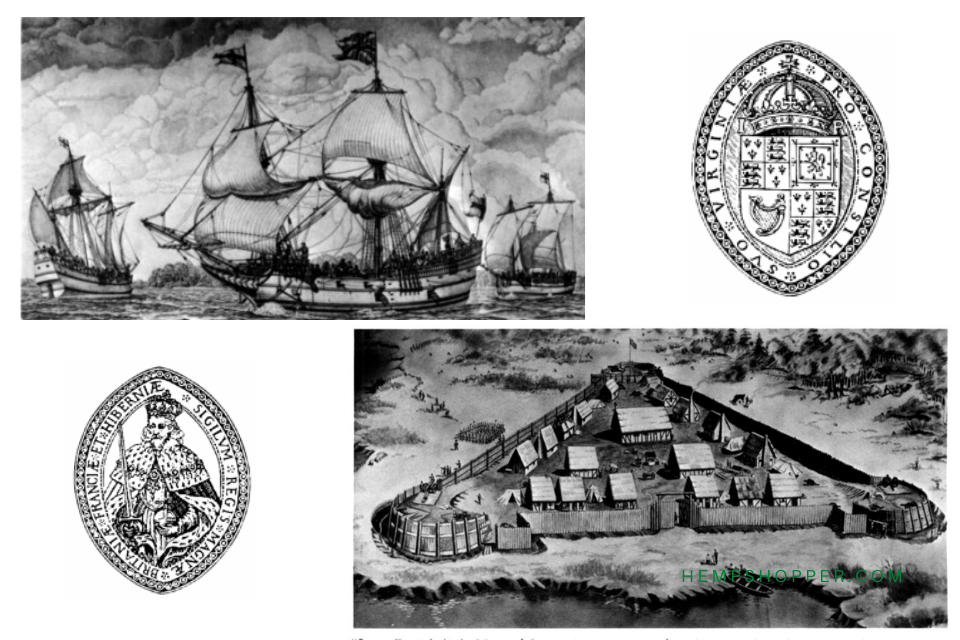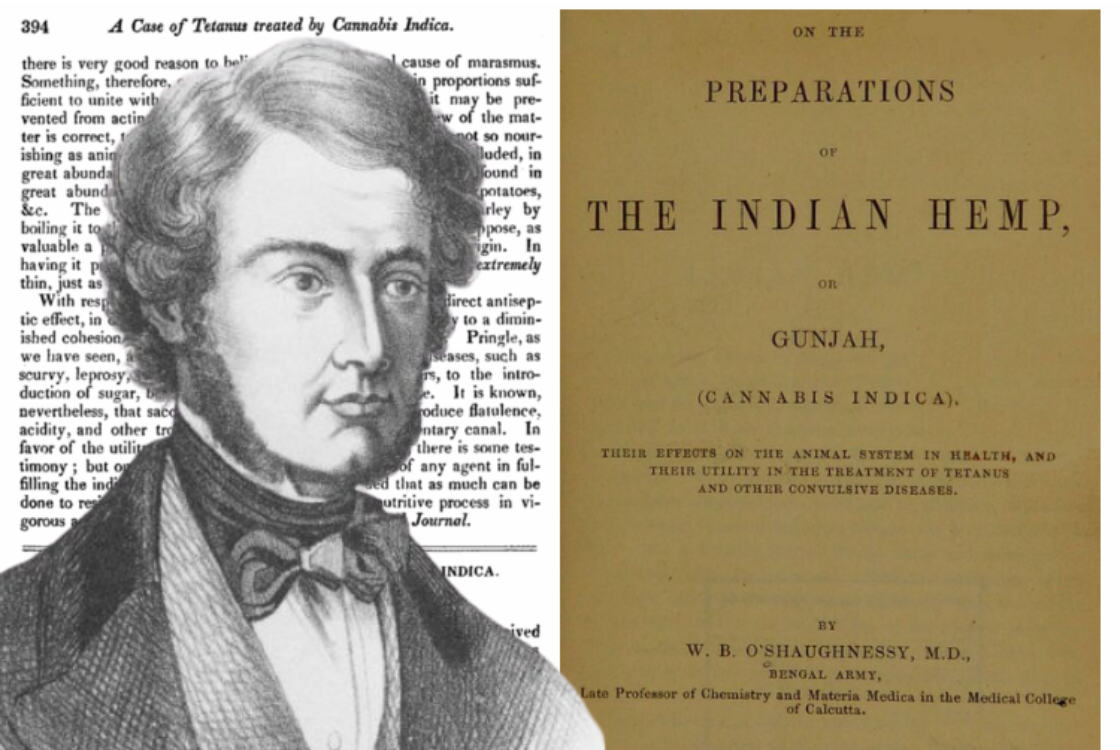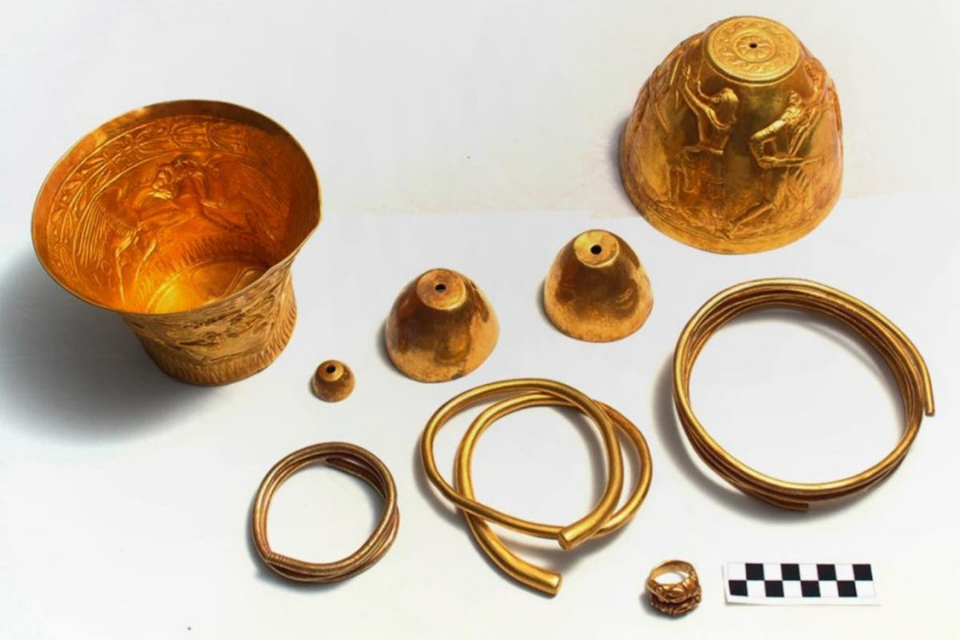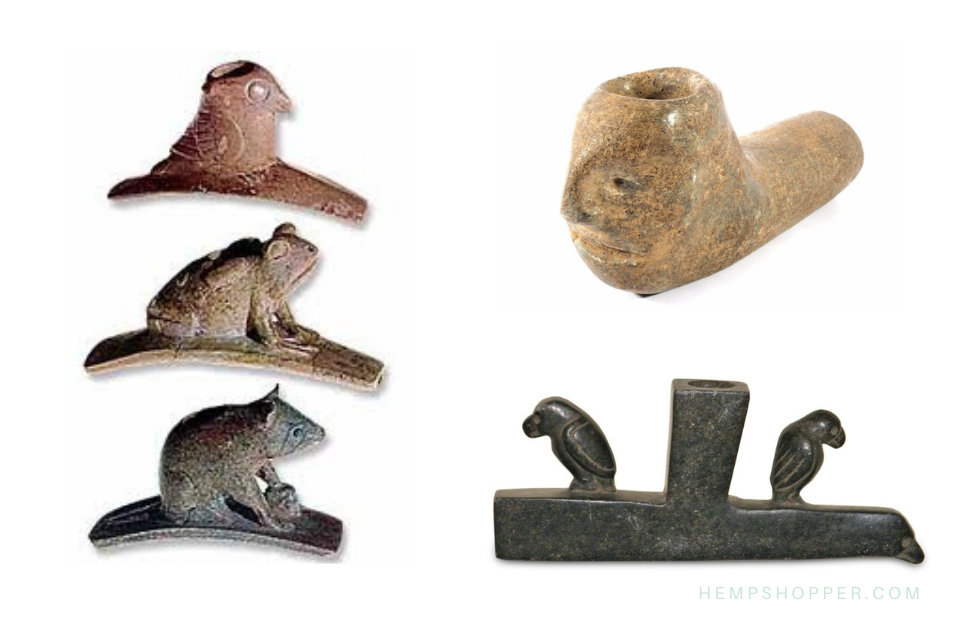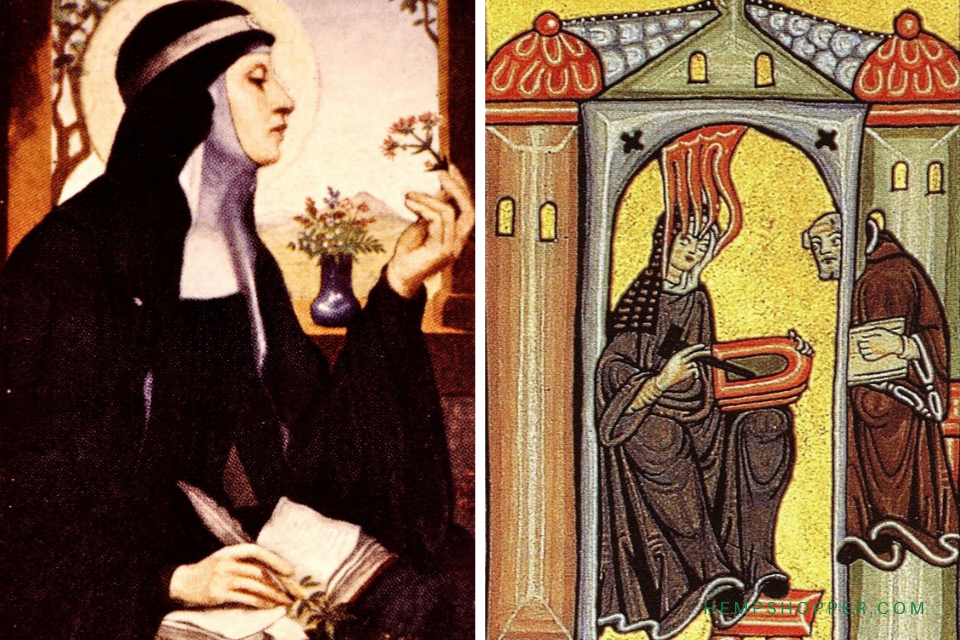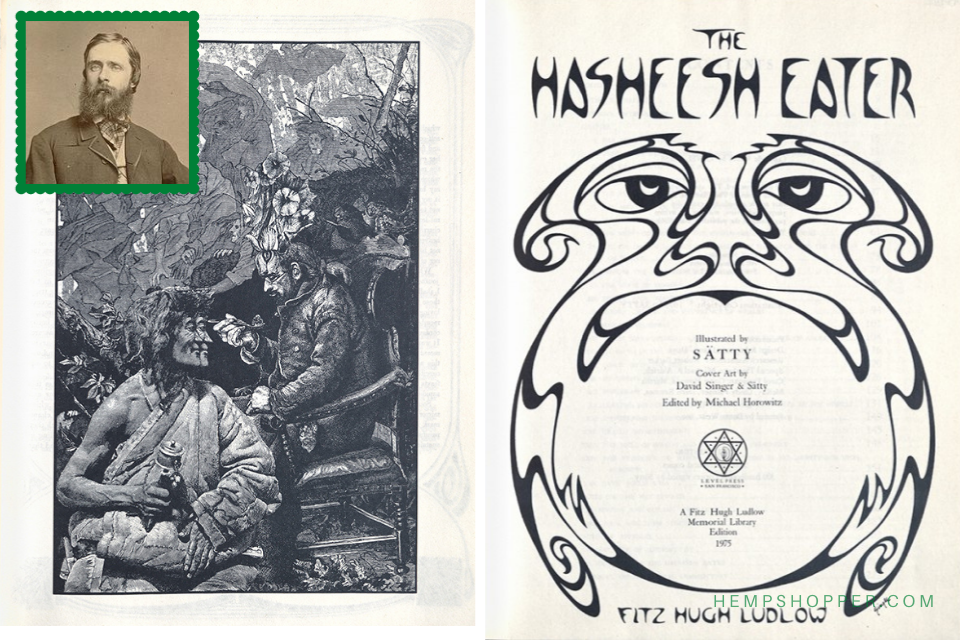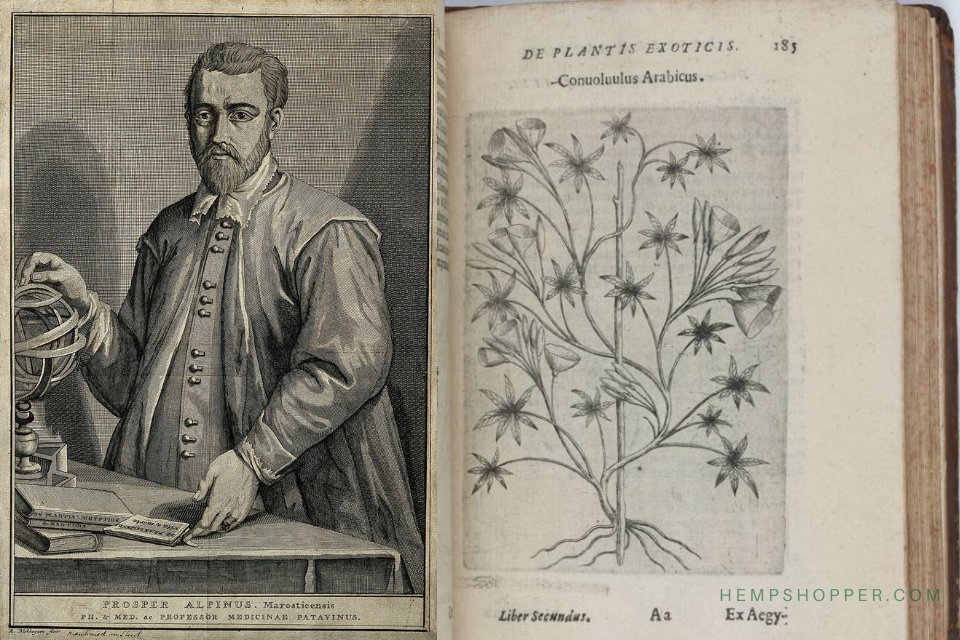1600 -1700: The Golden Age of Dutch hemp
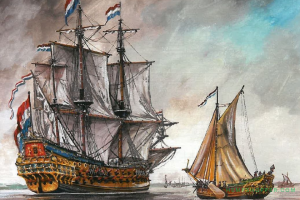
1600 -1700: The Golden Age of Dutch hemp.
Holland’s Golden Age was also the golden age of Dutch hemp. The Golden Age was the period roughly spanning the 17th century, in which Dutch trade, science, military and art were among the most acclaimed in the world. After the Dutch liberated themselves from their Spanish authority, the country developed into an international superpower.
The Dutch Republic became the centre of worldwide trade and possessed a number of highly profitable colonies in Asia, Africa and America. Founded in 1602 the Dutch East India Company (Verenigde Oostindische Compagnie or VOC), with its worldwide shipping trade, had a big part in the expansion of the Dutch Republic. It was the second multinational corporation in the world (the British East India Company was founded two years earlier.)[1]
As one of the biggest seafaring nations Holland needed many tons of hemp to build the ships needed for their expanding global trade. Next to wood, hemp was the main component for the shipbuilding industry. The replica of the 17th century Dutch ship ‘Batavia’ contains about 21 kilometres of hemp rope. The sails are all made of hemp and hemp-fibres make the hull watertight. Therefore hemp was one of the most grown crops in the Netherlands during the golden age.[2]
1. Textilforum e.V. Arbeitsgemeinschaft f. Textil, Vereinregister, 1996. 2. PRAK, Maarten Roy, WEBB, Diane (2005): The Dutch Republic in the Seventeenth Century: The Golden Age. Cambridge University Press. Research and text © Hempshopper Amsterdam.

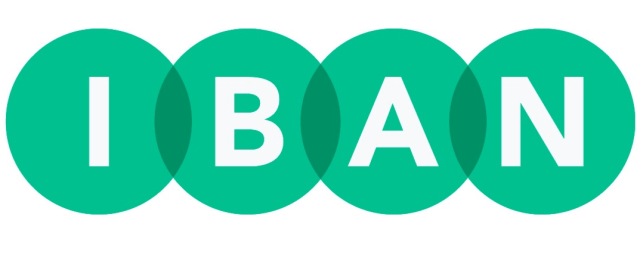
 Hempshopper Amsterdam
Hempshopper Amsterdam 